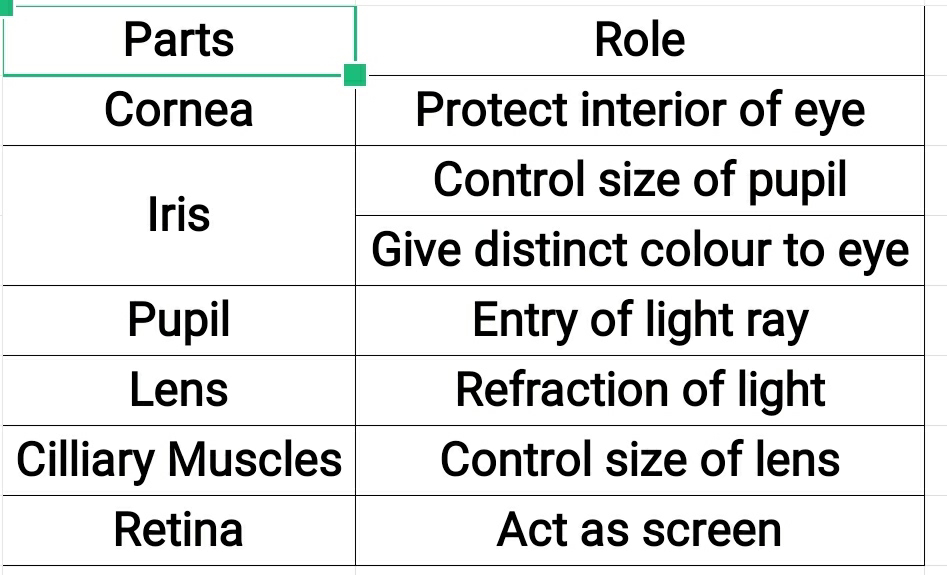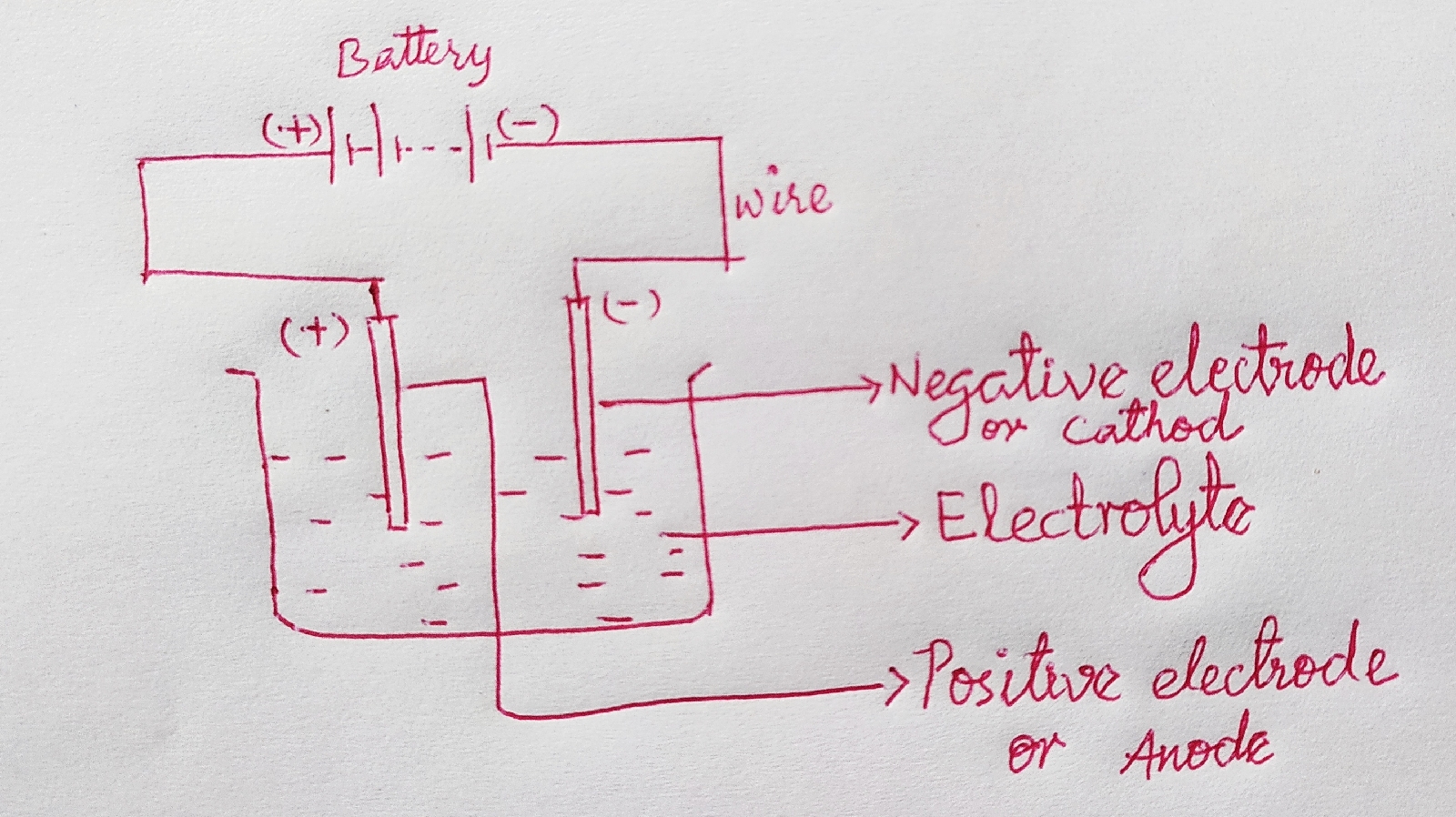Heat NCERT Science Class 7 Chapter 4 Summary Note

Heat Energy that increases hotness of an object. Temperature A reliable measure of the hotness of an object, is its temperature . Thermometer A device used to measure temperature, is called thermometer . Types of thermometer (i) Clinical thermometer (ii) Laboratory thermometer (iii) Maximum-minimum thermometer Clinical thermometer -The thermometer used to measure temperature of body, is called clinical thermometer. -It consists of- glass tube, Bulb Mercury thread Kink -Range- 35°C to 42°C. -It has kink. Clinical thermometer Laboratory thermometer -The thermometer used to measure temperature of an object, is c...


